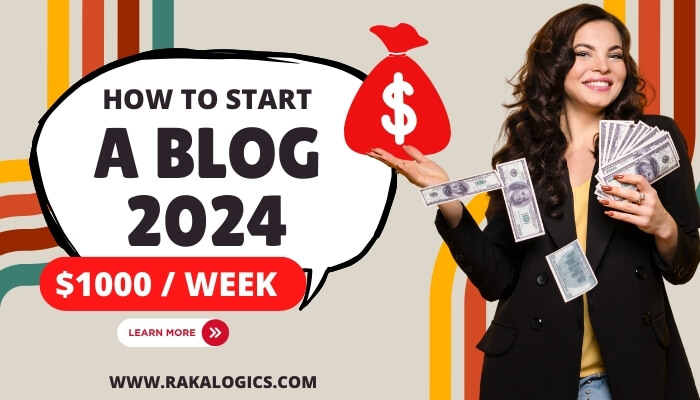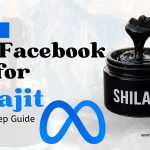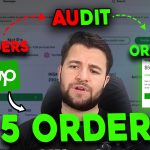The question of how to start a blog permeates the internet with thousands of articles but most only talk about the initial steps choose a hosting or blogging platform, register your domain. It is not that easy! Before opening your own blog site up to ridicule on social networks and other public platforms, take some time to think about what its main topics should be as well as its structure, its revenue model just to name a few.
The good news is: in this guide of mine I’ve tried to sum up my past experience recommend all those tactics and services which I only trusted.
This may look like a big guide if you scroll down the blog page but to make things easier, just see what’s underneath here.
This is part 1 of 4 of the Starting a Blog series.
- How to Start a Blog in 10 Minutes
- How to Choose a Domain Name
- Checklist for Starting a Blog on WordPress (10 essential details most newbies forget!)
- How to Make Money Blogging.
A blog is a website that allows you to easily find content on various aspects of life or doing a search online. What is a blog?
You should know what a blog is before you start one.
A blog is definitely a fantastic choice for both writers to publicize their work and people also like businessmen to advertise their goods and services.
When you search questions on search engines, you get all kinds of answers which are actually blog posts or are from blogs.
A blog post may include text, images and GIFs or videos and infographics or illustrations.
In fact, since 2019, the number of blogs in the world has exceeded 60 million, and each month some 31 million people write a new blog post or at least once a week.
You may believe that getting started now would mean entering a realm with too much competition. Regardless of the fact of the matter, it is still better to get started late than not doing so at all. Believe you me, if follow just the right blogging strategies and you can be on the first page of Google within a week.
What is blogging for then?
The general aim of a blog is to provide you with an easy and familiar medium through which you can easily reach out to members of your audience. Or for that matter, consumers. It offers you a platform to display information about your company, your self, or whatever.
For business purposes, launching a blog might allow you to communicate more about your products and services. This prompts interaction among your audience in various forms – including potential clients and leads. It can effectively optimize automotive search engine marketing toward attracting traffic to your main website, online class and shop, et ce tera, and other aspects of your business.
Blogging is an invaluable tool for establishing a close-knit community and gaining the respect of readers. Consistent blogging coupled with high-quality content and interesting blog posts will lend a greater air of respectability to your company. People will look to you for advice, product/service suggestions, and all manner of enquiries.
General speaking, you might want if yo know from greater brand awareness to brand recognition so keeping a blog in mind is a good idea.
SEO For Blog
Beginning one’s own blog may also be seen as an easy way to create an online presence, especially on Google and other search engines. Through SEO training and the proper use of keywords (which you have researched from keyword research tools), a little more effort might make your blog among the top search first times.
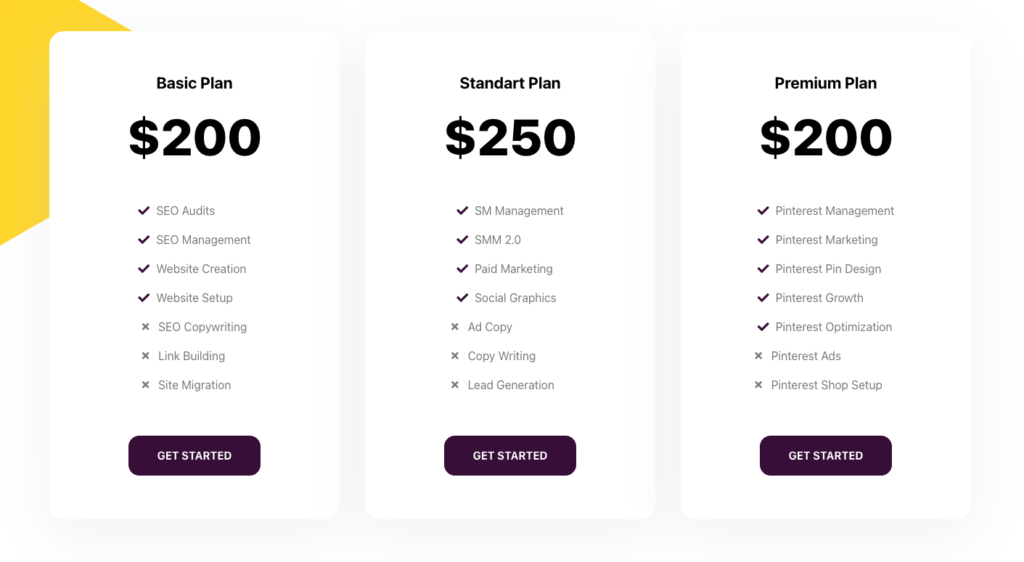
Another advantage of blogging for business, particularly one that focuses on products and services is the opportunity to provide longer-winded instructions and how-tos to your customers. You may also give tips about how to use your items. If you are a fashion brand.
You can write blog entries with text and still photos depicting the many manners of designing a piece of clothing.
But the best part? It’s easy to make money by start a blog – eve n if you’re asleep! We’ll talk about this indeed later in today’s post.
Important Parts of a Blog
In my opinion, if a blog is to be started it is also essential knowledge to understand its main parts. For example, suppose that although you have countless loyal readers who regularly visit your site, they know that you make an online statement that can be located at only one place on your entire 1000-page weblog.
Or let’s imagine on the day of harvest you decide to add things like “tags” and “categories” to the side of your blog–there are many possibilities of which there will always be some facet that escapes your attention.
It is common knowledge among webmasters that the important components of a blog are the header, sidebar, and footer. Only then can you make good work for your blog by eliminating or changing the html code and style for the theme.
There are several important parts of a blog. There are some fundamental things which you will need to be familiar with that make up its environment, so let us think of it as a small convenience store before going further. Also remember: the two sides are always inseparable in our world, so if something go astray on one end there must be deficiency on the other.
Homepage
Where people may go to see the general state of your business and what kind of things you are posting is the cornerstone of your content strategy. Your homepage should capture readers’ attention in the first few seconds.
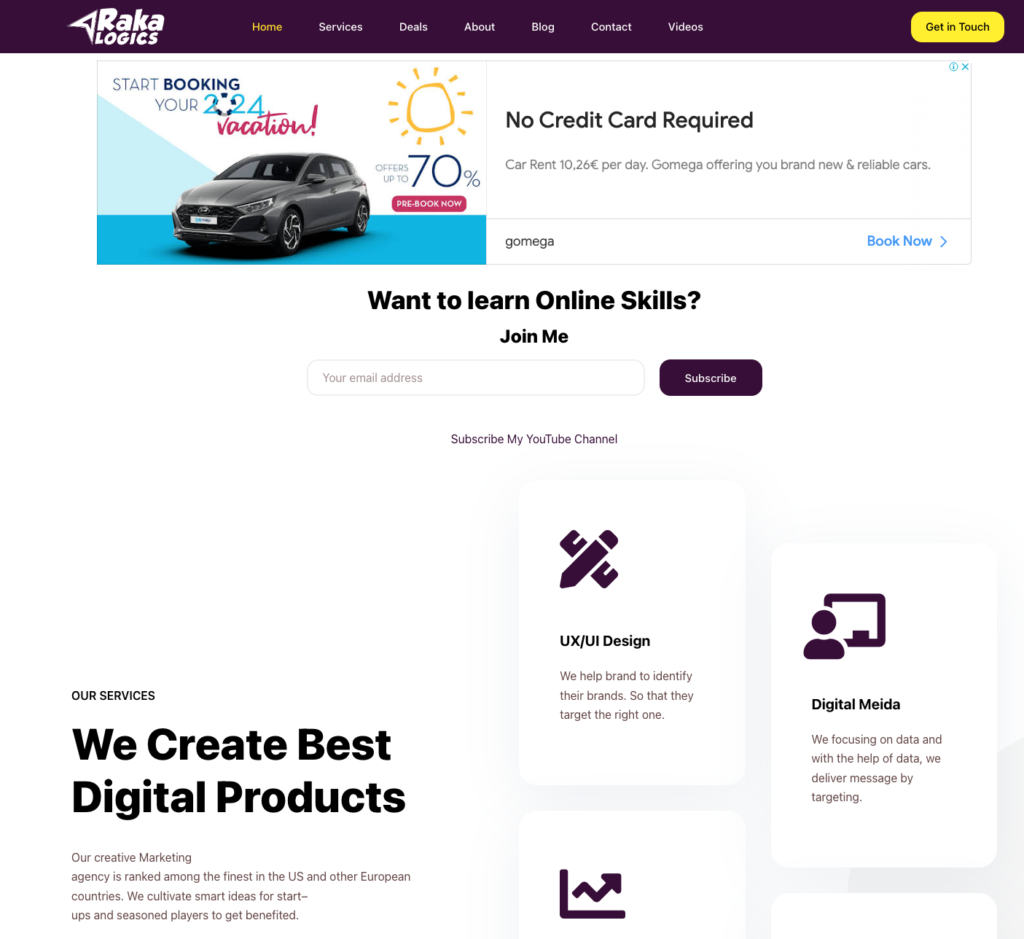
If the home blog page is not designed well and user-friendly, your readers who have no place they can navigate and have no idea what they are doing will quickly leave. Your homepage should straightforwardly indicate what your blog and/or business are all about.
Header
In most cases, your header is one of the first things that people see when they come to your blog. Your header might be either a logo, a tagline, or a graphic image depending on whatever is your branding and what types of information you want to write about.

Because the header is the first thing your visitors see in general, You’d better explain what your blog is about through your tagline.
Furthermore, your header can provide a header menu that contains all the other navigations on your blog, and a search bar.
You can find other pages in your header menu. If your blog or business is going to succeed, you need them for additional important information. These are some of the most common pages:
About page
This page contains a more complete introduction to yourself personally or your business. This is where you tell people about your background, your vision, why you started blogging, what your blog is about, etc.
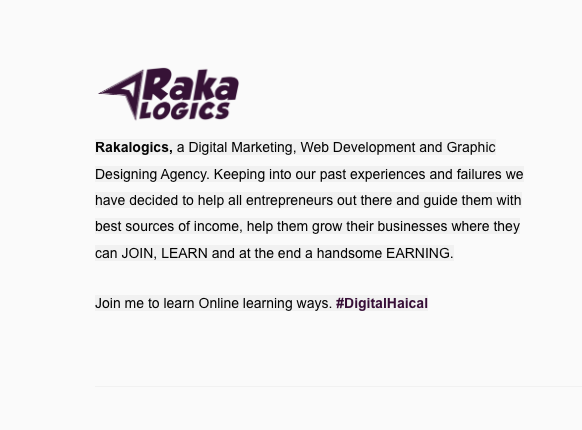
Categories
They are where you label the posts in your blog. Choosing Categories are important for a blog because your readers will be able to find things of interest to them. However, adding a category is also good for older posts to be seen, rather than getting buried by hundreds of posts.
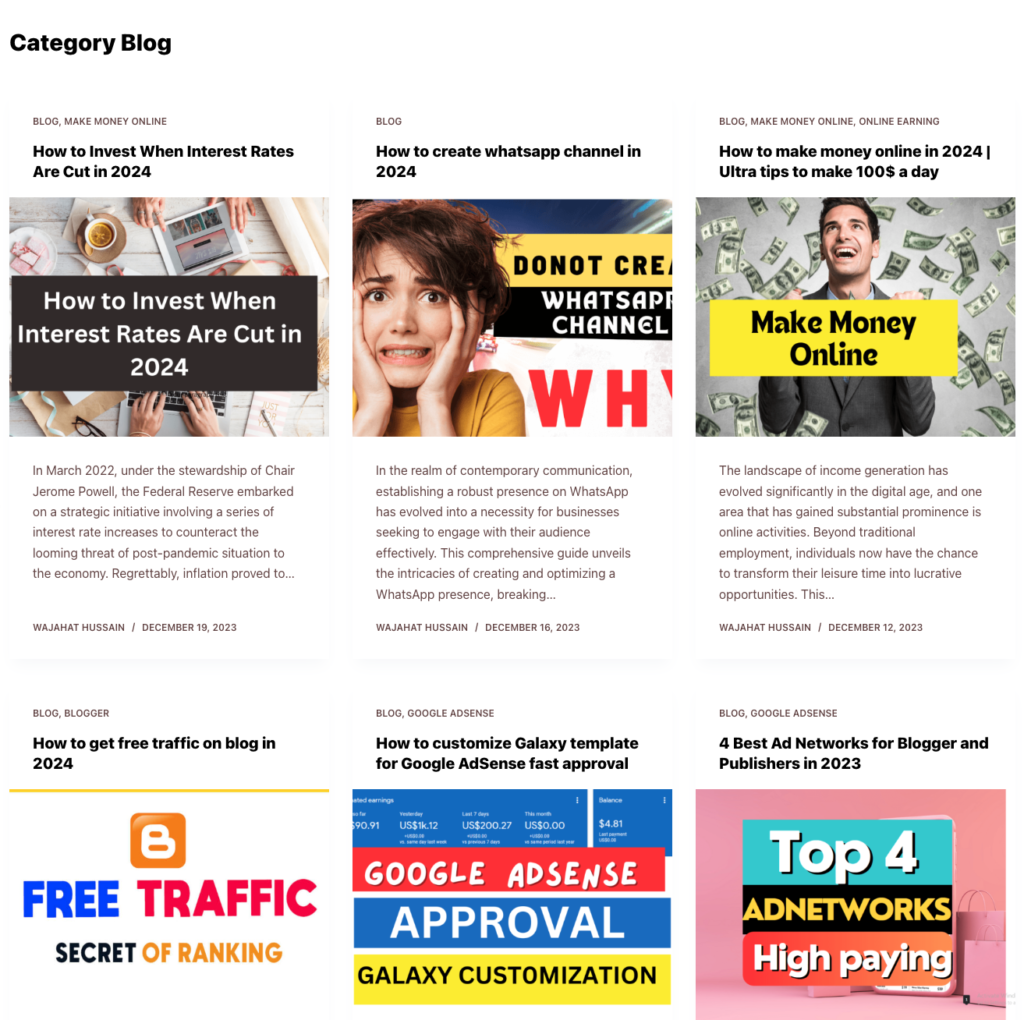
Contact Page
Here is where you will put your contact form and your email address, or even your office address so that users can easily find you.
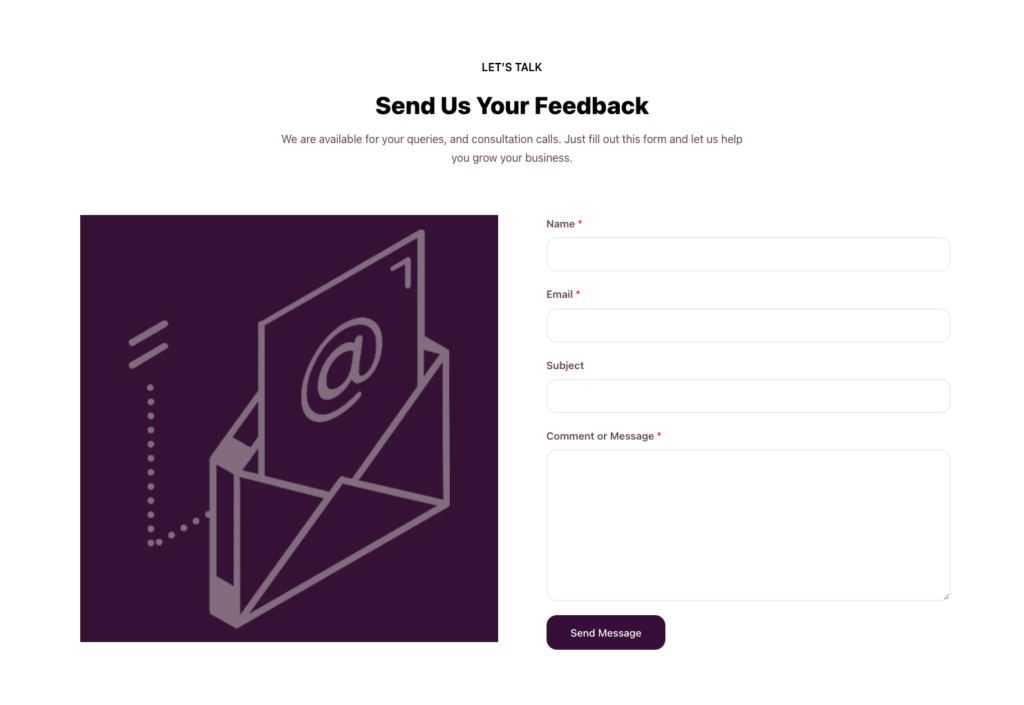
Shop
If you are going to leave your own products for sale or something like that on my website, I must tell my visitors this so that they could easily deposit from what I have displayed. Simply make a Shop page, and you will be able to put everything up in an online storefront on your domain or redirected onto any other eCommerce site in your possession.
Courses/Services
This is a bit like the Shop page. If you offer online courses or offer something online
–be it anything at all–you should let everyone know that back there so they can have a look at what there is to buy there before going on with that- or not as the case might be.”
Think of where to put your pages in your header menu first!
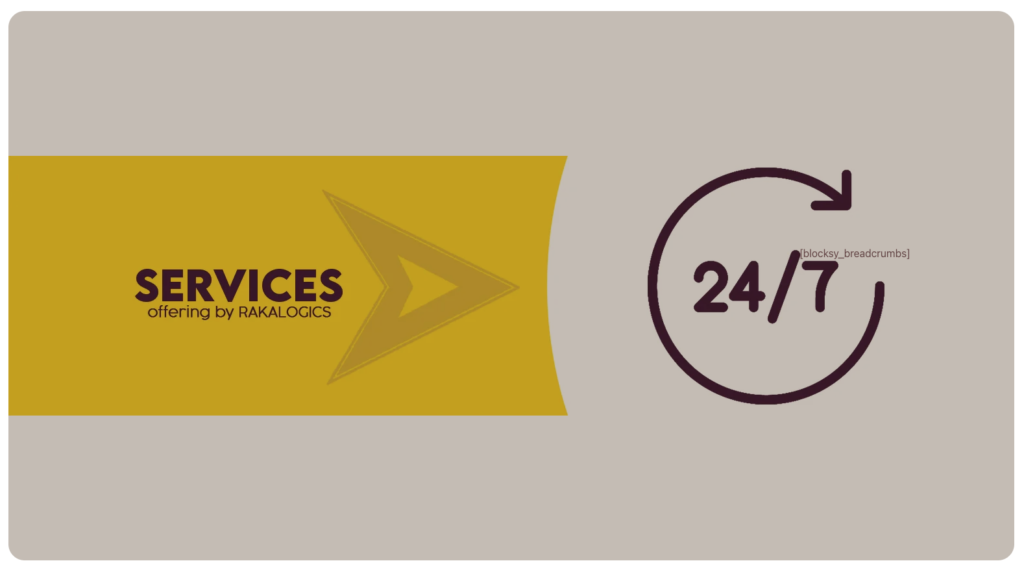
This is so that visitors, to find out about you, will go to the menu.
You can leave out the opening section of your next blog post in which you try to present things about yourself and start. It’s customary in the first piece that you write on a blog to give some details concerning who you are, what kind of person you are and what your blog is all about.
It’s a sad but true fact that the more often that you update or publish, the higher your visitor numbers will climb. If you are a fashion blog, for instance, it would not be good for you to suddenly be tailing off into cars or technology issues. No one will trust you like that. You should only blog on topics of expertise in a field where you are comfortable talking.
Comments
At the end of your blog posts you can find blog comments. It simply depends on whether you want them on or off. But just to let you know that the comments section is one of the best places to grow a community and interact with your readers. I recommend turning them on.
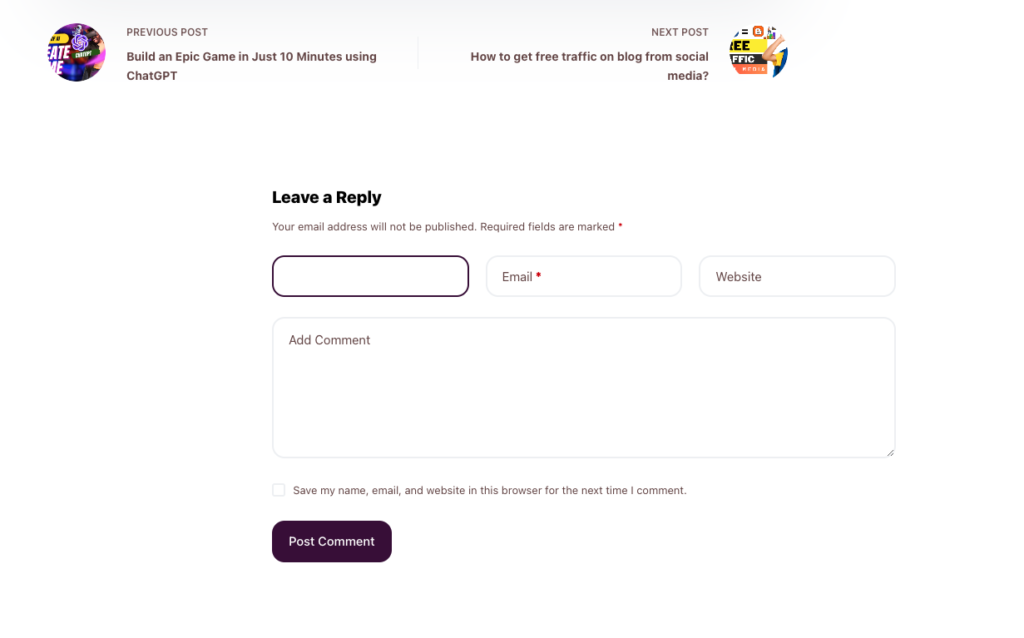
You can always switch on the spam filter or gate incoming comments via a manual approval process to filter out unacceptable comments.
The Opt-in Form
The opt-in form is the registration form which will enable you to obtain your newsletter. This can be done as a pop-up and/or a widget on your blog as well. I suggest you start collecting newsletter subscribers right from the moment you begin your blog, even though you don’t yet have [one]! Can’t afford to miss those people who may become your customers
So once you decide to send off your first newsletter, you will have a significant number of people to send it! But once you’re finally ready to send out your first newsletter, you’ll already have a considerable number of users.
Footer
Every blog has a footer at the lower part of it. This usually contains the blog’s Privacy Policy page and terms as well as social media icons.
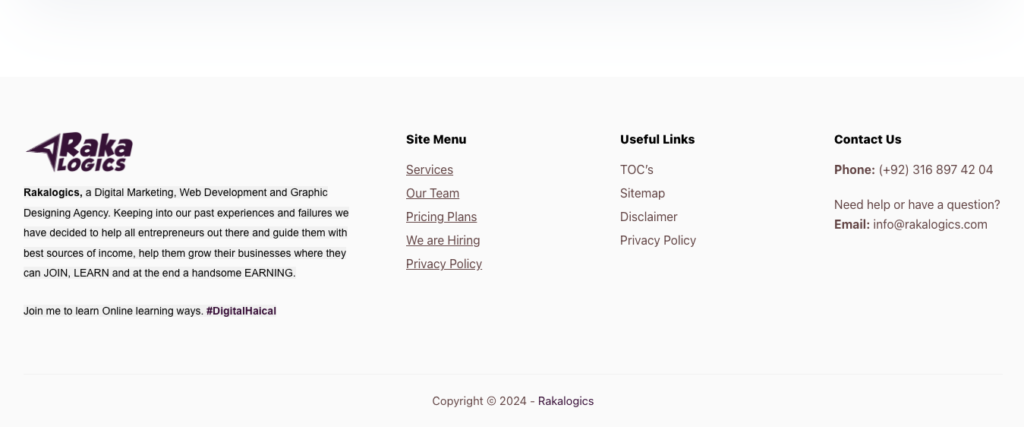
FAQ
How do you start your own blog for free?
Just suppose if you originally started this with a casual approach and only after a bit did you find that this really is your dream job and you want make some money from your blog. If your blog is on one of the free platforms, then options to make money from it will be very few.
At that point, you’ll need to transfer all the content of the blog, including things like images and other files linked to that domain name, to a paid platform. And this, definitely, is a business for a technical specialist to move everything for you. You’ll also have to fork out cash for moving your site, and whatever you saved in starting a free blog, you will spend much, much more on moving.

